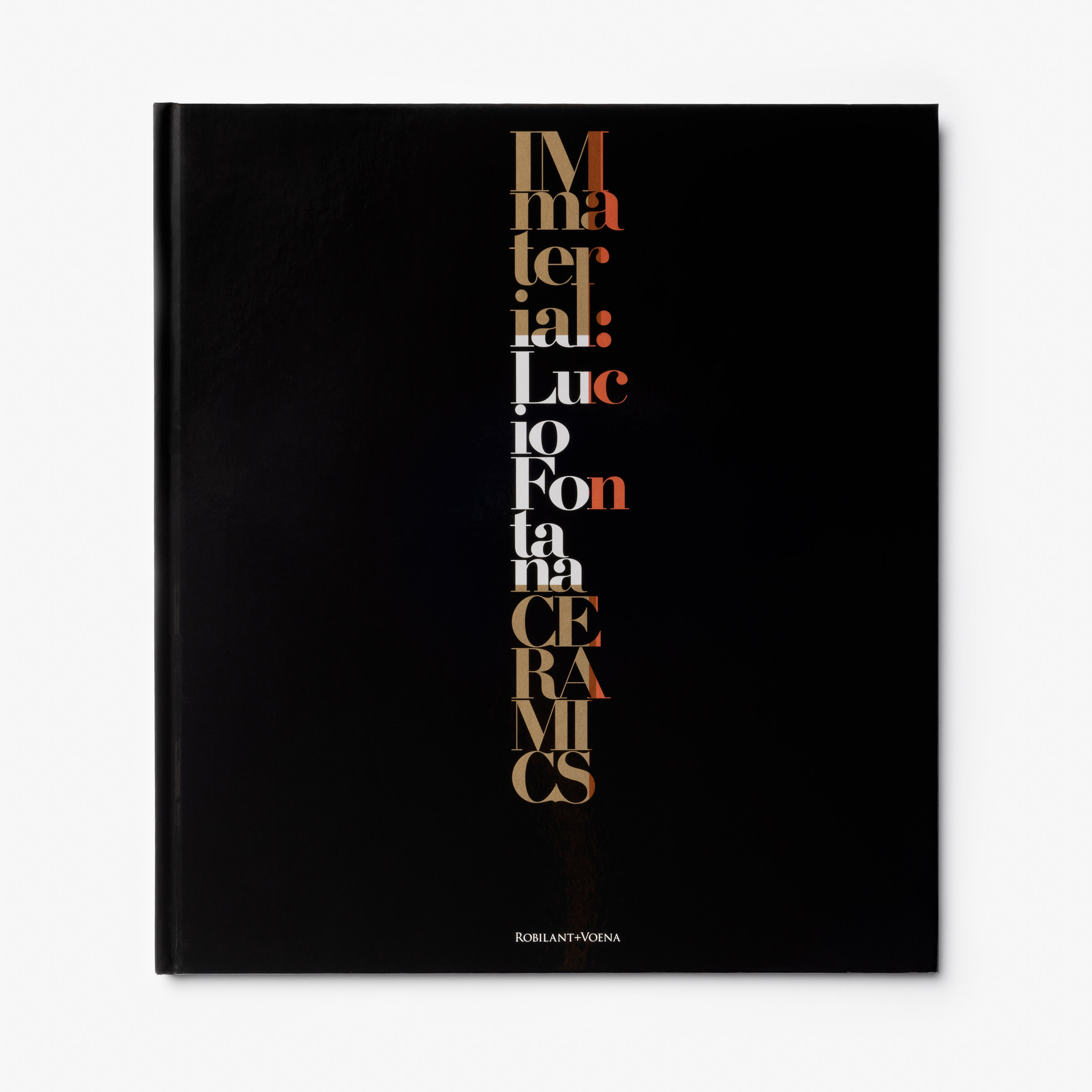Giorgio Morandi
Guerriero (Warrior)
1953
Glazed and painted ceramic
Diameter: 39 cm (15 3/8 in.)
Provenance
Private collection,
Christie's, Milan, 3 April 2014, lot 67,
Private collection.
Literature
Description
Lucio Fontana began his career as a sculptor. As a young man, he worked for his father's firm creating funerary busts from materials like plaster and marble, and in 1928 he began studying sculpture at the Accademia di Belle Arti di Brera, working in the traditional academic manner. Fontana soon abandoned the classical idiom prescribed by the academy and began to explore sculpture-making more freely; in 1935, Fontana started working in the workshop of the Futurist ceramicist Tullio Mazzotti in the small town of Albisola.
In this beautiful piece entitled Guerriero (Warrior), a simple ceramic plate is the setting for a highly abstracted depiction of a soldier on horseback. The forms of the rider and his steed appear intertwined and almost indistinguishable from each other, perhaps suggesting the deep connection between the two. The warrior’s painted blue cape flows behind him, streaming across the top section of the plate.
The Guerriero was the subject of some of Fontana’s most ground-breaking and exuberant works, namely a series of six free-standing sculptures created between 1948 and 1953 (figs. 1 and 2). These works display the artist’s dynamic manipulation of the raw clay, characteristic of this period, and foreshadow his barocchi canvas paintings in the 1950s. In the present work from 1953, the swirling forms of these early sculptural Guerriero ceramics are translated onto the plate, expanding the simple surface and offering new spatial possibilities. In this way, Guerriero foreshadows Fontana’s radical innovation of the tagli works beginning in 1958, in which the artist opened up the picture plane, slashing the canvas to explode its notional two-dimensionality. This idea of matter continuing into space would come to define Fontana’s lifelong artistic explorations. Guerriero thus bridges the gap between Fontana’s early sculptural and better-known canvas works, uniting spatial possibilities and physicality in a single creation.
Although undeniably modern in its conception and its radical overturning of representational conventions, the theme and certain stylistic elements of Guerriero are timeless, alluding to the depictions of great warriors in the art historical canon – especially equestrian portraits of royalty and military leaders. The billowing cape and rearing horse evoke the grand works of Velazquez, Rubens and van Dyck, or even the Napoleon Crossing the Alps (1801-1805) by Jacques-Louis David. While today Fontana is perhaps best known for his bucchi and tagli, his figurative ceramic works reflect the artist’s great admiration for art of the preceding centuries and form a fundamental part of his oeuvre that give greater insight into his artistic vision.
Fig. 1. Lucio Fontana, Il Guerriero, 1948, glazed ceramic, 108 x 44 x 34 cm. Sold at Christie's London, 28 February 2023, lot 32.
Fig. 2. Lucio Fontana, Il Guerriero, 1949, glazed ceramic, 108 x 52 x 45.1 cm. Collection of Karsten Greve, on loan to The Metropolitan Museum of Art, New York.







